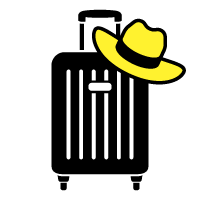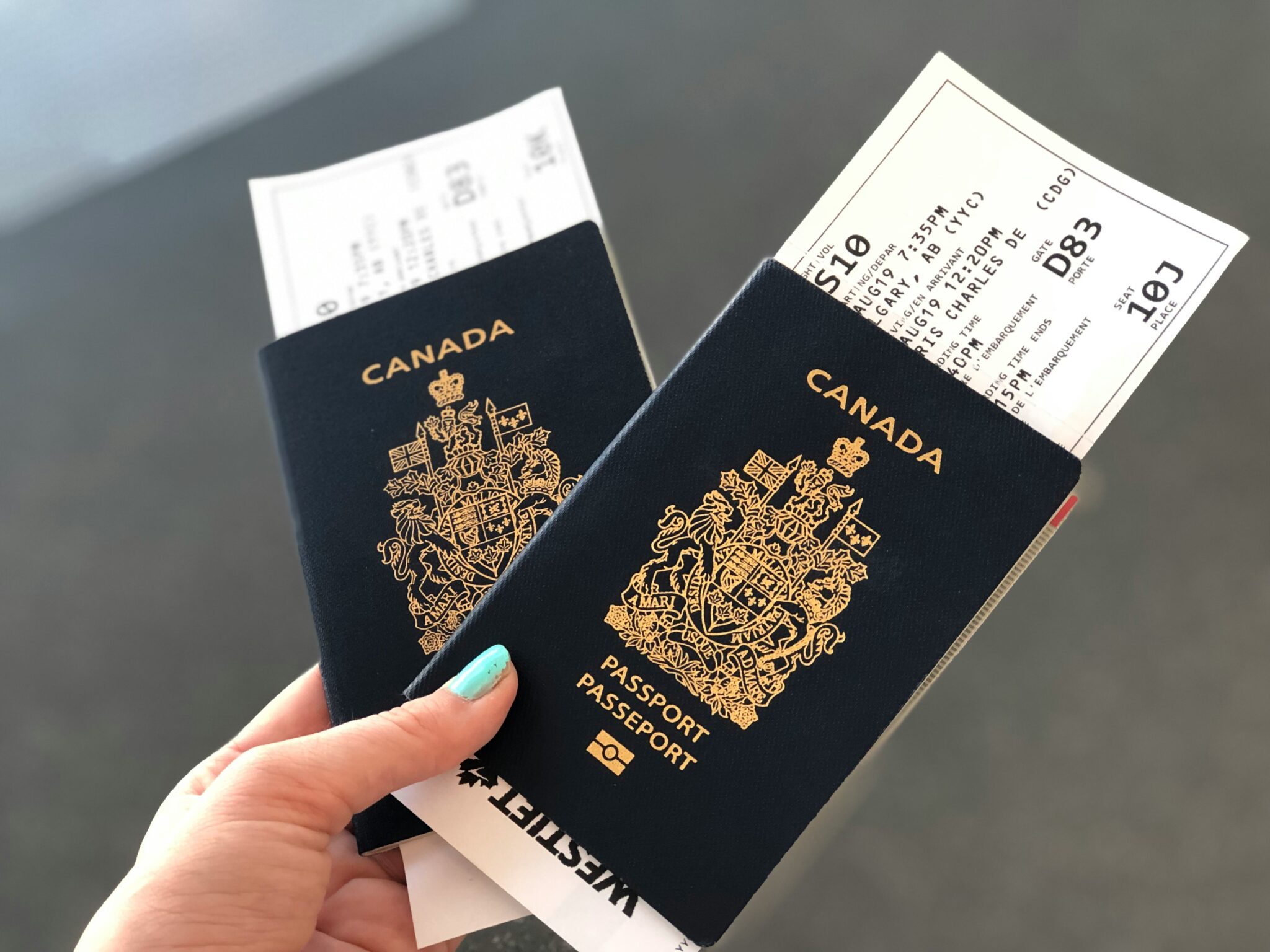Flyr Just Raised $295 Million: CEO Alex Mans Tells Us What's Next

Skift Take

Leaders of Travel: Skift C-Suite Series
What are the top trends impacting hotels, airlines, and online bookings? We speak to the executives shaping the future of travel.There are plenty of metrics for success in the airline sector, but money is a pretty good place to start. Earlier this month, Flyr made headlines with one of the largest single funding raises in travel tech history. The San Francisco-based firm secured $295 million - the biggest deal of its kind in 2024 so far. In total, Flyr says it has now raised more than $500 million.
Flyr says its platform helps airlines offer dynamic pricing, personalized offers, and other digital products. The company has also been rolling out similar products for hotels. There’s AI in the mix, and talk of improving legacy systems - but what is Flyr doing differently to attract so much investment?
For the latest in our Leaders of Travel: Skift C-Suite Series, Skift met Alex Mans, founder and CEO of Flyr to learn more about the company’s growth trajectory and get his take on how AI could revolutionize the travel industry.
On the Journey So Far
Skift: Before we get stuck into all things Flyr, let’s take a step back. Tell us about the personal journey that brought you where you are today.
Alex Mans: I was born and raised in the Netherlands and spent my weekends as a kid on the airfield because my grandparents spent a lot of time there. I was exposed to flying and aviation very early. When I was nine or 10 years old, I started building websites and getting into software development. I finished high school when I was just shy of 14 and instead of going to college, I started a software development company in network security. That's where I really got into artificial intelligence and machine learning.
At 22, I packed my bags and left for Silicon Valley. Being obsessed with software and aviation, I forecast the price of airline tickets, recommending whether to buy or wait. But a few years into that journey, and after having already partnered with Tripadvisor and major OTAs, we decided to pivot the company because we were getting approached by a bunch of airlines saying, ‘Hey, if you're forecasting our pricing strategy, why don't you come help us and do a better job of pricing to begin with?’ That got us into the B2B enterprise side and we started to provide revenue management systems to airlines, working with JetBlue, Air New Zealand, and a bunch of others.
What came next? How did you and the company make the jump towards your current business model?
We were observing issues in the industry, namely that the experience that travelers have booking their flights hasn't really changed in many years, and airlines are desperate to provide new products. I read your article on Southwest’s move into premium seating. They're trying to move into paying for your seat, but the infrastructure that powers these airlines dates back to the 1980s, both in terms of the standards it's built on and often the physical technology.
This makes it very hard to introduce new products. It makes it very hard to create experiences that travelers are already used to in every other industry - even banking and arguably even healthcare. These industries that used to be equally bad are now getting ahead of airlines. We asked ourselves what we could do about that. That's the arc that I went through, that the company went through. Today we're over 700 people strong between the U.S. and Europe, backed by great investors like WestCap and BlackRock, and we're growing very quickly.
Ancient Tech is Holding Airlines Back
You highlight the decades-old technology that underpins a lot of major airlines. Talk us through what that means in practice. Is it the case that you can have a nice user interface on a mobile app, but behind the scenes, it's still all coming back to some pretty ancient technology?
Airlines are running a lot of mission-critical software. When you're a multi-billion dollar company that's inherited or kept on building on these systems, you naturally deal with a fear of messing with them because it will take your operation down. If the airline is already operating on very slim margins even in a good year, you can't afford to go offline even for one or two days because it will destroy your profits.
As well as being lousy from a passenger experience and operational perspective, it’s also very expensive to keep this old stuff running?
Oh yes. I won't name names, but there are many airlines in Europe and the U.S. that effectively have a server farm physically in the basement of their HQ. In many cases that’s running everything and it causes all kinds of other issues. For example, if you're an international airline and you have a customer in Asia trying to book on your website, that request is literally going to that server farm in the U.S. or Europe. That's adding latency, it's adding slowdowns. In contrast, modern cloud technologies are distributed across data centers around the world and they're responsive. If a server goes down, another one will come up.
It's very expensive because all these airlines have to run their legacy infrastructure to meet peak demand, not just within a day, but arguably within the year. There's a huge inefficiency in that, huge overheads to maintain versus modern cloud-capable infrastructure and technology. It's a bit of a spaghetti of old-school ways of communicating, old-school ways of storing it in all kinds of different places. That's a fundamental issue.
Helping Companies Make the Leap
Even if a CTO can get board approval to fund a system upgrade, how do they migrate from the 1980s server farm to something that you're offering?
There is no such thing as a big bang in this industry. If I go and sell to an airline and say, you have to cut everything overnight, nobody will ever buy our stuff. The way this works is we stand up our system in parallel to what they have today. Then what we do is use a system that we call the legacy translator. It is basically a box, and it synchronizes all legacy data to and from our modern system.
By doing that, the airline now has two systems running, and it can decide to cut over. Maybe accounting is being moved first and then departure control comes later. We run these two parallel worlds. We have full synchronization and the benefit is that the airline has cost savings very quickly because some of these systems are very expensive.
Can you give us a real-world example?
Many airlines are currently introducing flexible passes where you can buy a basic fare, but you can pay $20 for the right to change. That takes 18 months to implement on a legacy system. It takes about two or three weeks for us to implement. By gaining that capability, by gaining that revenue growth, by reducing those costs, we can provide them with a business case where they can justify running two systems in parallel for a period of time.
Do you acknowledge that there will be a period running two parallel systems and there will be two costs associated with that?
I would argue that if you're a major complex airline, on average, you've got 300 systems running off your reservation system. A cutover, depending on the airline, will be anywhere from two to four years. So you'll be running two ecosystems, effectively until the final system is cut over. But we find that typically the cost savings, the revenue growth, and the capability growth through that period will actually make for a net positive business case long before completion of that cutover.
Perks and Pitfalls of an AI Future
Skift recently interviewed Jeremy Bowen, the CEO of aviation analytics company Cirium. He said there's a cliche that they use which is ‘Your job is not going to be replaced by AI. Your job is going to be replaced by someone using AI.’ Is that something you broadly agree or disagree with?
Nobody wants to hear that their job might get replaced and no company selling software is going to tell the buyer that there's going to be less of them. I do fundamentally believe that AI is going to reduce the cost of labor. I don't think it's going to go to zero, but it's going to reduce it by getting more productivity out of a single person.
We see this today. If we look at our revenue management automation, a single analyst using our technology can manage anywhere between 15 and 25 markets, whereas an analyst using legacy technologies will have between five to 10 markets. You see massive productivity gain. I think to some extent I agree with [Bowen] that you're going to get more productivity by using AI.
If realized, could that lead to major economic and societal shifts?
I'm going a bit on the philosophical side, but the reality is capitalism is built on labor, right? The United States is 70% built on a consumer consumption economy and the U.K is similar. If labor is going to go towards zero and therefore there is less work to be done and people get remunerated for work, you're going to raise the question about how do you do this? How does it impact the economy?
I think a lot of the things that today are considered work or mandatory are going to turn to leisure. People will have more time and more ability to explore the world and explore what they're interested in, without the need to work for it. But it's going to raise a lot of questions on the economic side.
From a more positive AI perspective, healthcare and education are two areas that I'm very excited about. But I have equally many questions about what AI in the midterm will do to labor if work becomes something we don’t all have to do. I think it's going to be a pretty interesting, crazily interesting next decade for sure.
How Flyr is Evolving
Bringing it back to Flyr, in a slightly blue sky scenario, what would you love to see AI helping your business do in five years?
What I would like to do, and AI is a big part of this, is be across travel verticals. We want to help make better decisions, enable better experiences, and provide better orchestration and systems of record across all major travel businesses. We're already in the airline space. We're already working with hospitality businesses, great brands like Ennismore and others, to help them on the hospitality side. We want to expand it into other verticals over time.
We envision - and this is partly powered by AI - that instead of going to many different places to make a booking, it can truly happen in one place. Not in the form of an OTA, but in the form of any brand you engage with. If you buy a flight with Virgin Atlantic and you have a loyalty plan there, you're going to be able to plan and buy your complete trip in one place. Manage it in one place. Even if behind the scenes there are so many other suppliers. AI is helping us orchestrate and manage that complexity; it really makes it possible.
In five years, less than that, in three years, all the suppliers of travel, airlines, and hotels, will be able to cross-sell and cross-service other people's content as well, if not better, than an OTA or a meta. That's why we're here. We're leveling the playing field and helping suppliers gain the capability that helps them be competitive in the landscape. That's what we're pushing at Flyr overall. Our mission is to enable travel suppliers to have the freedom to innovate again and to provide the best digital experience for travelers. That ability to innovate has been hampered by legacy technology. That's why we're here, to deliver the freedom to innovate and unlock the travel ecosystem.
This interview was edited for clarity and length. Read more from our new Leaders of Travel: Skift C-Suite Series here.
Flyr CEO Alex Mans is due to speak at the Skift Global Forum in New York City in September. Click here to learn more and book your ticket.





